Facing the Hike: Why Homeowners Insurance Costs Are Soaring
For many homeowners across the United States, the cost of insuring their most valuable asset has become a significant financial burden. Recent years have seen a dramatic uptick in premiums, often outpacing inflation and adding considerable strain to household budgets. The average cost of homeowners insurance has seen a substantial increase, making the task of Saving Money on Homeowners Insurance Rise a top priority for many. This surge isn’t just a minor adjustment; in some states, policy costs have soared by 50% or more in just a few years. This widespread and rapid escalation has left homeowners searching for answers and strategies to mitigate the financial impact, highlighting the urgent need to explore options for Saving Money on Homeowners Insurance Rise.
Understanding the scope of this challenge is the first step. What was once a relatively predictable annual expense is now a major variable in the cost of homeownership. This rapid rise in premiums is forcing many to re-evaluate their coverage, explore alternative providers, and seek out every possible discount. The dream of homeownership is being tested for many, and the rising cost of insurance is a central part of that challenge. Finding effective ways to manage these costs is crucial for financial stability.
Behind the Increase: Key Factors Driving Up Home Insurance Premiums
Several interconnected factors are contributing to the significant increases in homeowners insurance premiums witnessed across the country. It’s not a single culprit but rather a convergence of environmental, economic, and industry-specific pressures that are driving up costs for insurers, which are then passed on to policyholders.
One of the most frequently cited reasons is the increasing frequency and severity of extreme weather events. Climate change is leading to more intense hurricanes, widespread wildfires, devastating floods, and severe convective storms like tornadoes and derechos. These events result in massive insurance claims for damaged or destroyed properties. When insurers face a surge in costly payouts, they adjust their pricing models nationally and regionally to account for the increased risk.
Consider the impact of wildfires in the West, hurricanes along the Gulf and Atlantic coasts, and severe thunderstorms in the Midwest. Each event, while localized, contributes to a national trend of higher claims costs. For instance, a single major hurricane can result in billions of dollars in insured losses, impacting the profitability and risk assessment of insurance companies far beyond the immediate disaster zone.
Another major driver is inflation, particularly in the cost of construction materials and labor. When a home is damaged, the cost to repair or rebuild it has risen dramatically. Lumber, concrete, roofing materials, and even fixtures and finishes have become more expensive. Coupled with a tight labor market for skilled trades, the cost of settling claims has escalated significantly. An insurance policy is designed to cover the cost of repairing or replacing your home; therefore, as the cost of these activities rises, so too does the cost of the insurance itself.
The reinsurance market also plays a critical role. Reinsurance is essentially insurance for insurance companies. Insurers purchase reinsurance to protect themselves from massive losses stemming from major catastrophic events. With the increase in severe weather and overall claims costs, reinsurance has become more expensive. These higher costs for insurers are inevitably factored into the premiums they charge their customers. A hardening reinsurance market signals to primary insurers that their own risk is increasing, prompting them to raise rates and, in some cases, reduce coverage in high-risk areas.
Finally, in some instances, state-level regulatory environments can influence premium increases. While regulations are intended to protect consumers and ensure fair pricing, some argue that in certain markets, they may not keep pace with the rapidly evolving risk landscape, or conversely, may grant insurers significant latitude to implement rate hikes to maintain financial solvency in the face of mounting losses. The balance between protecting consumers from exorbitant costs and ensuring insurers remain financially stable enough to pay claims is a delicate one.
These factors combine to create a challenging environment for both insurers and homeowners. As risks increase and costs mount, finding affordable and adequate coverage becomes more difficult, making strategies for Saving Money on Homeowners Insurance Rise more critical than ever.
Effective Strategies for Saving Money on Homeowners Insurance Rise
While the overall trend of rising premiums is undeniable, homeowners are not powerless. There are several proactive steps you can take to potentially reduce the impact on your wallet and find more affordable coverage. The key lies in understanding what influences your premium and actively seeking ways to mitigate risk and maximize discounts. Being strategic about your policy and your property is essential for Saving Money on Homeowners Insurance Rise.
One of the most effective strategies is to bundle your insurance policies. Many insurance companies offer discounts when you purchase multiple policies from them, such as combining your homeowners insurance with your auto insurance. This can lead to significant savings and also simplifies managing your insurance needs, as you deal with a single company for multiple coverages. Before bundling, however, it’s always wise to compare the bundled price with the cost of separate policies from different insurers, as the lowest combined price isn’t always achieved through bundling with your current provider.
Reviewing your coverage is another crucial step. As your home’s value changes or your personal property inventory evolves, your insurance needs might change as well. Ensure your dwelling coverage accurately reflects the cost to rebuild your home in today’s market, not just its market value. However, critically examine your personal property coverage. Do you still own all the high-value items listed in your policy? If you’ve sold or no longer possess certain expensive belongings like jewelry or art, you might be paying for coverage you no longer need. Removing unnecessary endorsements or adjusting coverage limits on items can help reduce your premium. Be careful not to underinsure, but also avoid paying for coverage that doesn’t align with your current possessions.
Increasing your deductible is another way to lower your annual premium. Your deductible is the amount you pay out-of-pocket before your insurance coverage kicks in for a claim. Choosing a higher deductible typically results in a lower premium because you’re taking on more of the initial risk yourself. Before increasing your deductible, however, honestly assess your financial situation. Make sure you have adequate savings in an emergency fund to cover the higher deductible amount if you need to file a claim. An increase from $500 to $1,000 or even higher can lead to noticeable savings, but the ability to cover that amount comfortably is paramount.
Improving your home’s security and safety can also lead to discounts. Installing a monitored home security system, smoke detectors, carbon monoxide detectors, and even smart home technology like leak sensors can demonstrate to your insurer that you are taking steps to prevent claims. Some insurers offer discounts for homes equipped with these features. Updating older systems like roofing, plumbing (Does Homeowners Insurance Cover Plumbing?), or electrical wiring can also make your home safer and potentially qualify you for lower rates.
Beyond these immediate steps, consider making long-term investments in your home’s resilience, especially if you live in an area prone to specific risks. For instance, if you are in a hurricane-prone region, installing storm shutters or impact-resistant windows can reduce the risk of wind damage. In areas susceptible to wildfires, creating defensible space around your home by clearing brush and choosing fire-resistant building materials can lower your risk profile. While these improvements require an upfront investment, they can pay off over time through reduced premiums and, more importantly, by protecting your home from significant damage. These measures are excellent ways for Saving Money on Homeowners Insurance Rise by proactively reducing risk.
Smart Tactics to Reduce Your Annual Insurance Bill
Delving deeper than the basic strategies, there are more nuanced tactics homeowners can employ to further reduce their insurance costs. These approaches often involve a bit more research and proactive management of your policy and property.
One smart tactic is to maintain a good credit history. In many states, insurance companies use a credit-based insurance score as one factor in determining your premium. While different from a standard FICO score, it’s calculated using similar information, such as your payment history, amounts owed, and length of credit history. A higher credit score generally suggests a lower risk to insurers, leading to lower premiums. Focusing on paying bills on time, keeping credit card balances low, and monitoring your credit report for errors can positively impact your insurance costs.
It’s also important to understand the different types of coverage and ensure you’re not overpaying for unnecessary endorsements. While robust coverage is crucial, review your policy annually with your agent. Discuss what is covered and what might not be, and evaluate if specific riders or endorsements are still needed. For example, if you live in an area not prone to earthquakes, ensure you aren’t paying for earthquake coverage unless it’s mandated or you have a specific concern. Conversely, ensure you have adequate coverage for specific risks in your area, such as understanding hurricane deductibles if you live on the coast (Decoding the Storm: Understanding Home Insurance Hurricane Deductibles).
Consider increasing your home’s energy efficiency. Some insurers offer discounts for homes with energy-efficient upgrades, such as updated insulation, energy-efficient windows, or solar panels. These upgrades can also lower your utility bills, providing a double benefit.
Implementing smart home technology isn’t just about convenience; it can also save you money on insurance. Devices that detect water leaks, monitor temperature to prevent frozen pipes (Avoid Unnecessary Cold Weather Claims), or alert you to smoke or fire can help prevent costly claims. Insurance companies may offer discounts for homes equipped with these preventative measures, recognizing the reduced risk of damage.
If you work from home, inform your insurance provider. While most standard homeowners policies provide limited coverage for business equipment, operating a full-fledged business out of your home might require a business endorsement or a separate business insurance policy. However, simply having a home office where you work remotely for an employer typically doesn’t require additional coverage, and informing your insurer can ensure your policy is accurate without potentially incurring unnecessary costs.
Finally, if you have completed significant renovations or made substantial improvements to your home, inform your insurer. While some improvements might increase the rebuilding cost and thus the premium, others, like updating electrical systems, plumbing, or roofing, can decrease the risk of claims and potentially lead to discounts. It’s a good idea to have an annual coverage review to discuss any changes to your home or circumstances.
Comparing Quotes: Your Best Tool for Finding Affordable Coverage
In a market characterized by rising costs, the single most powerful tool homeowners have for Saving Money on Homeowners Insurance Rise is comparison shopping. Relying on your current insurer without exploring alternatives is almost guaranteed to cost you more in the long run. Insurance rates can vary significantly between companies for the exact same coverage on the same property.
Think of it like shopping for any other major service. You wouldn’t buy a car or a major appliance from the first place you look without checking prices elsewhere, would you? The same principle applies to homeowners insurance, especially when premiums are on the rise.
When comparing quotes, it’s crucial to get quotes for the same level of coverage. Don’t just compare the bottom-line premium cost. Ensure that the dwelling coverage, personal property limits, liability coverage (Home Insurance Liability Coverage Explained: What You Need to Know Now), and any specific endorsements (like for valuable items or water backup) are identical across all quotes. Also, compare the deductibles for all perils, including specific deductibles for wind or hail if applicable in your area.
Look beyond just the price. Consider the insurer’s reputation for customer service and handling claims. A company with slightly higher premiums but a strong track record for paying out claims quickly and fairly might be a better value than a cheaper policy from an insurer with poor customer reviews or financial instability. Resources like J.D. Power customer satisfaction studies and A.M. Best financial strength ratings can provide valuable insights into an insurer’s reliability.
Don’t limit yourself to just the big national insurers. Regional insurers or those specializing in specific types of properties or risks might offer competitive rates. An independent insurance agent can be a valuable resource here, as they can often provide quotes from multiple companies simultaneously, saving you time and effort. They can also help you understand the nuances of different policies and ensure you’re getting the coverage you need.
It’s recommended to compare homeowners insurance quotes at least once a year, ideally before your policy renews. This allows you ample time to switch providers if you find a better rate elsewhere. Even if you don’t switch, the quotes you receive might give you leverage to negotiate a lower rate with your current insurer, especially if you’ve been a loyal customer with no recent claims.
Online comparison tools can be a convenient starting point, but be thorough. Fill in all details accurately to receive the most precise quotes. Follow up with agents if necessary to clarify any questions or discuss potential discounts you might qualify for. This diligent approach to comparing quotes is a fundamental step in effectively Saving Money on Homeowners Insurance Rise.
What to Do If You Struggle to Get Homeowners Insurance
In some areas heavily impacted by natural disasters or with unique risk profiles, homeowners may face challenges in obtaining standard homeowners insurance coverage. Insurers might be hesitant to write new policies or may even non-renew existing ones in regions deemed high-risk. This situation can be stressful, but there are still options available, although they may involve different types of coverage or approaches.
If you are finding it difficult to secure coverage through the voluntary insurance market (standard insurance companies), your state may offer alternative solutions. Many states have what are known as Fair Access to Insurance Requirements (FAIR) Plans. These plans are state-mandated insurance pools designed to provide basic property insurance coverage for properties that are considered high-risk and therefore unable to obtain coverage in the standard market. While FAIR plans ensure access to coverage, the coverage provided is often more limited than a standard policy, and the premiums can be higher. They are typically considered a market of last resort.
FAIR plans usually cover perils like fire, windstorm, and vandalism but may exclude or limit coverage for specific risks like floods or hurricanes, which often require separate policies like flood insurance through the National Flood Insurance Program (NFIP) or state-specific windstorm pools. It’s essential to understand exactly what a FAIR plan covers and what it doesn’t to ensure you have adequate protection. For those in areas prone to flooding, understanding flood insurance availability and coverage is crucial (Flood Insurance Availability and Coverage in the Western North Carolina Mountains: Lessons from Hurricane Helene).
Another option, depending on your state and circumstances, might be a surplus line policy. Surplus lines insurers underwrite risks that the standard market is unwilling or unable to cover. These policies are typically more expensive and may have less regulatory oversight than standard policies. They are often used for unique or high-risk properties. Accessing surplus lines coverage usually requires working with a specialized insurance agent who is licensed to place business with these types of insurers.
In addition to exploring these alternative markets, continue to address any risk factors on your property that might be making it difficult to insure. Making improvements to mitigate potential damage from common perils in your area can sometimes make your property more attractive to standard insurers in the future. This could involve updating your roof, reinforcing structures against wind, or implementing wildfire-resistant landscaping.
If you receive a non-renewal notice, don’t panic. This provides you with time to explore other options. Contact your current agent or work with an independent agent who can shop the market for you, including looking at FAIR plans or surplus lines if necessary. Understand the reason for the non-renewal, as addressing that specific issue might help you find coverage more easily.
Finally, engage with state insurance regulators if you believe you have been unfairly treated or if you need guidance on accessing coverage options in your state. They can provide information on available programs and your rights as a policyholder. While finding insurance in a challenging market requires persistence, understanding these alternative avenues can help ensure your home remains protected.
Navigating rising homeowners insurance costs requires a combination of understanding the market, implementing strategies to reduce your risk profile, and actively seeking the best value for your coverage needs. By taking a proactive approach, you can work towards Saving Money on Homeowners Insurance Rise and protect your home without breaking the bank.
Have questions? Contact us here.






